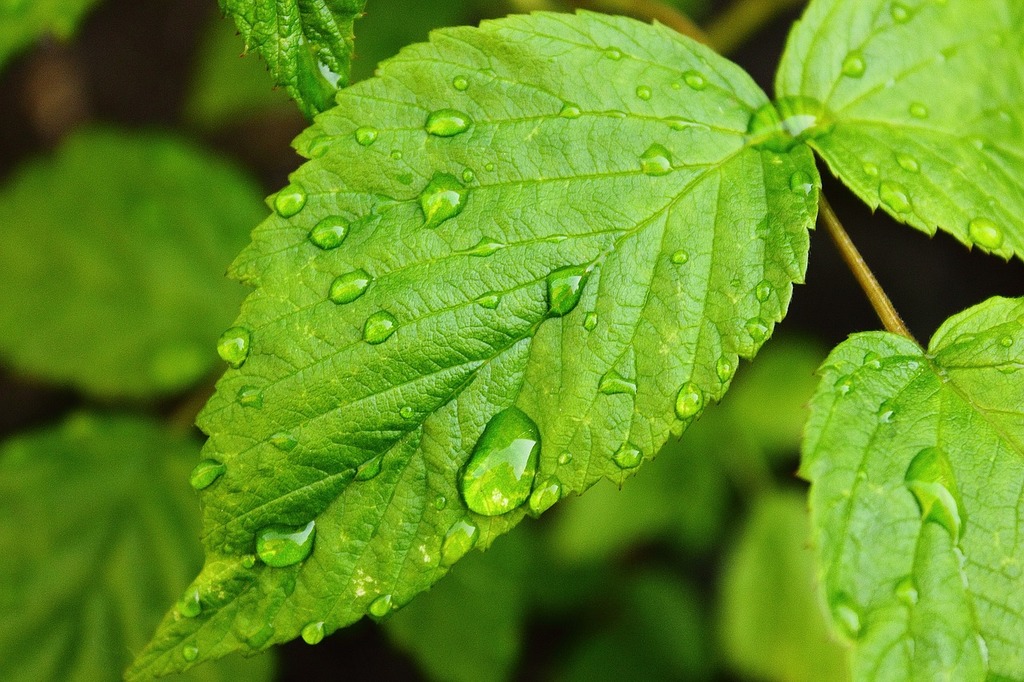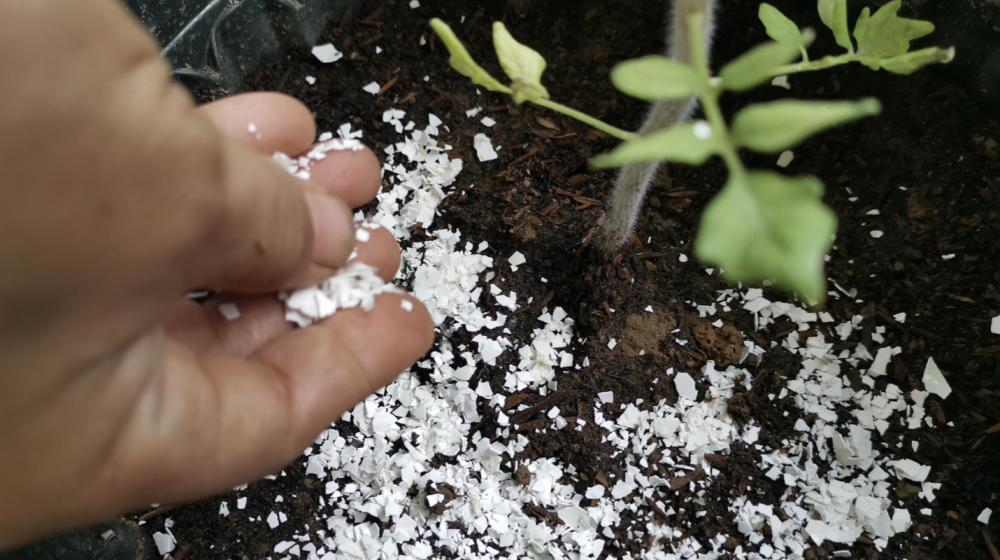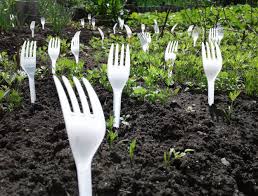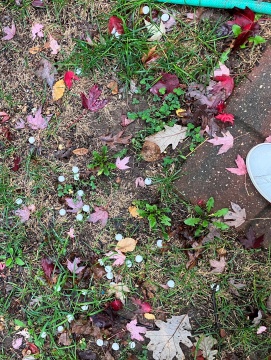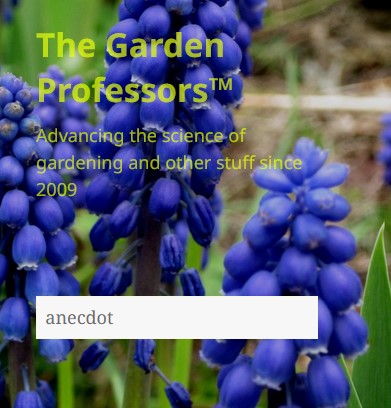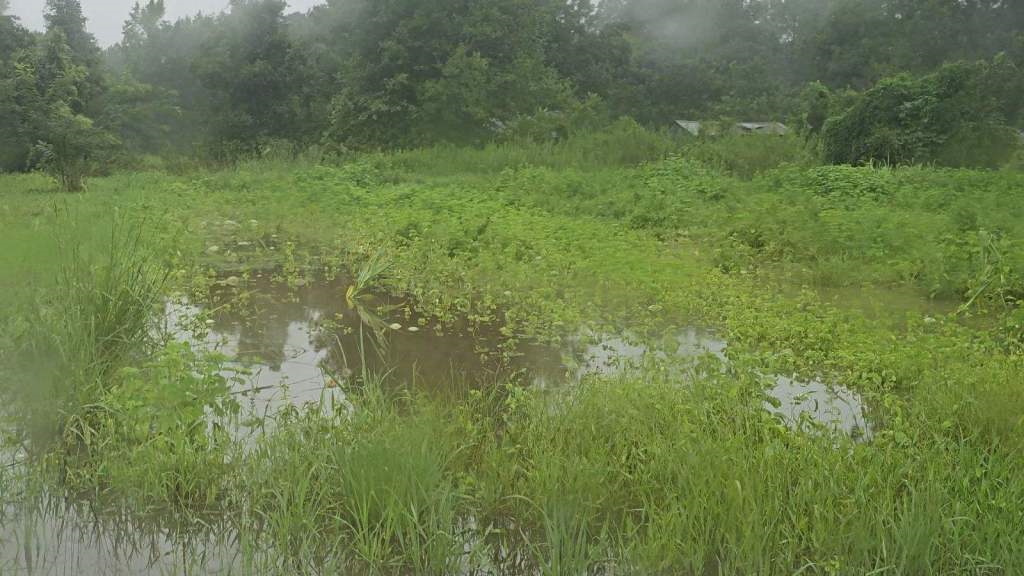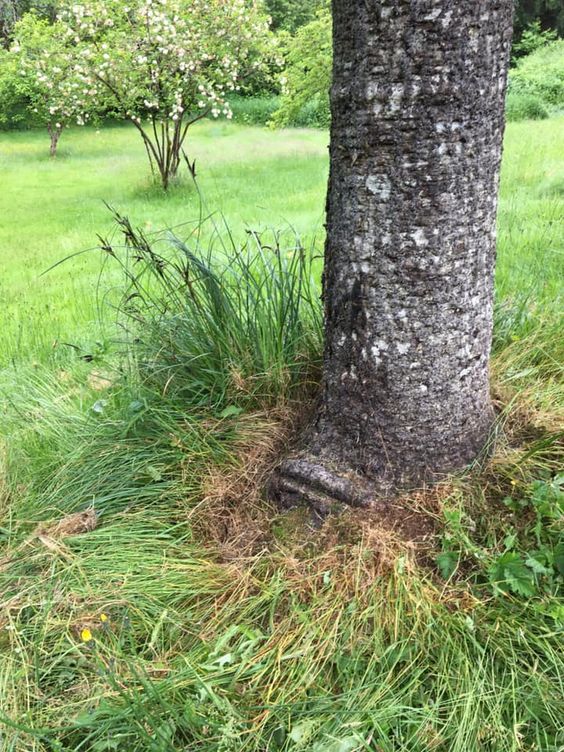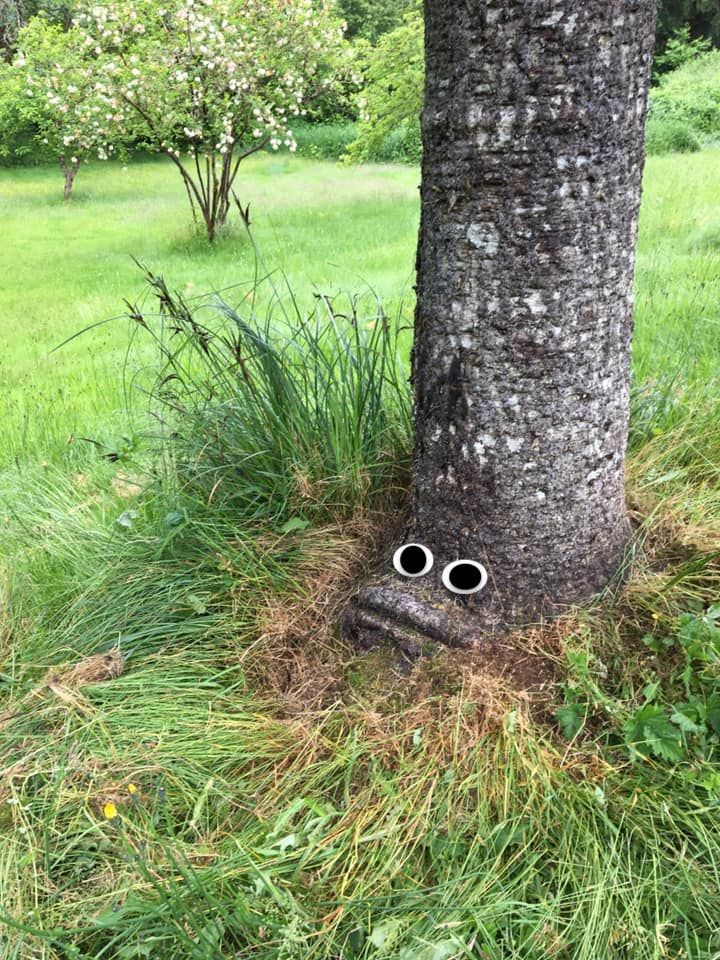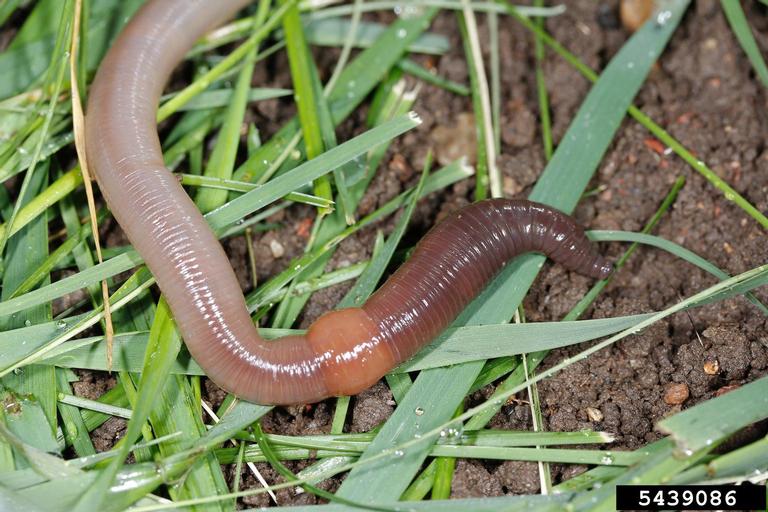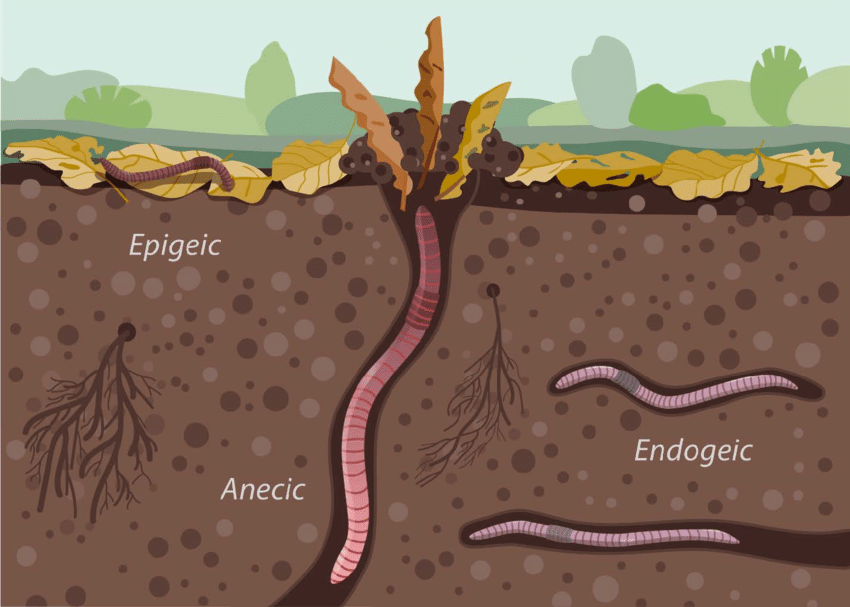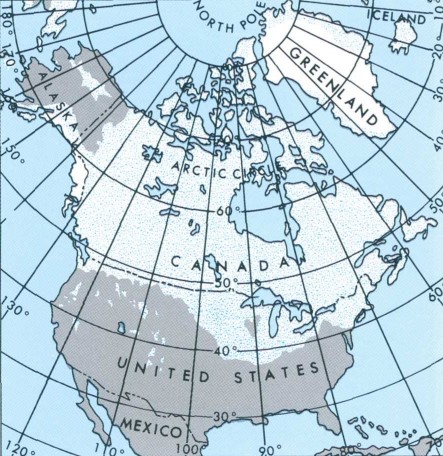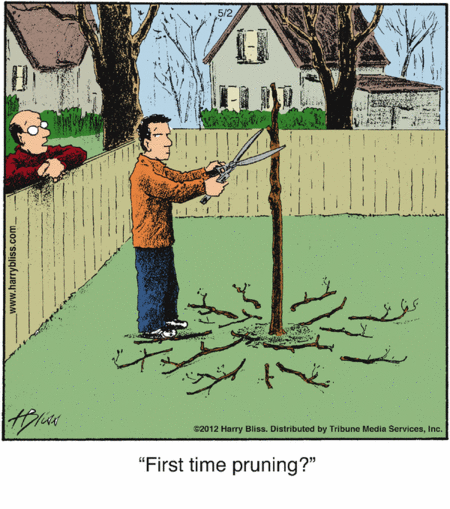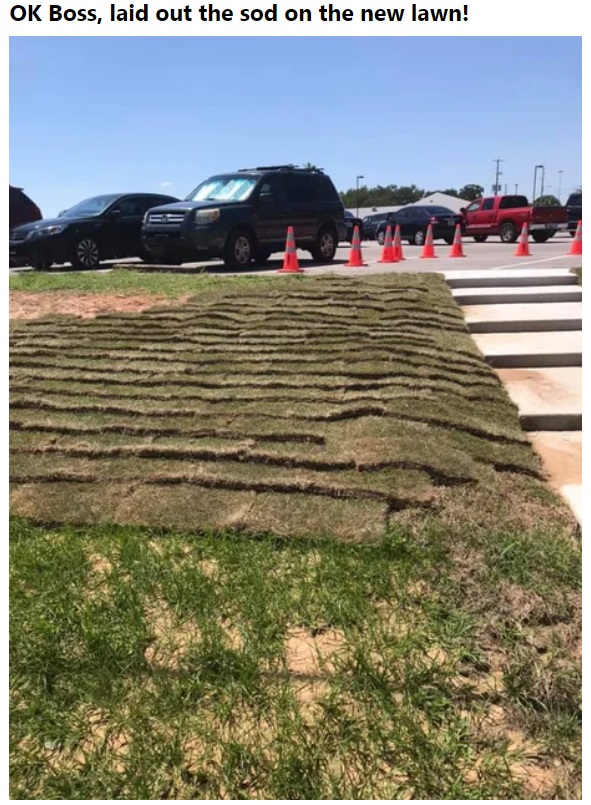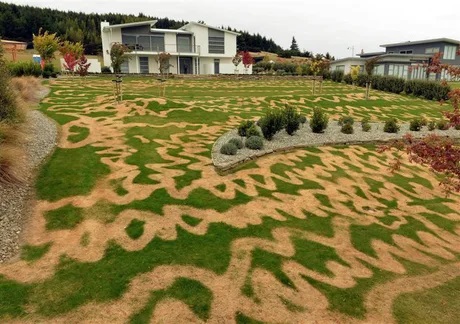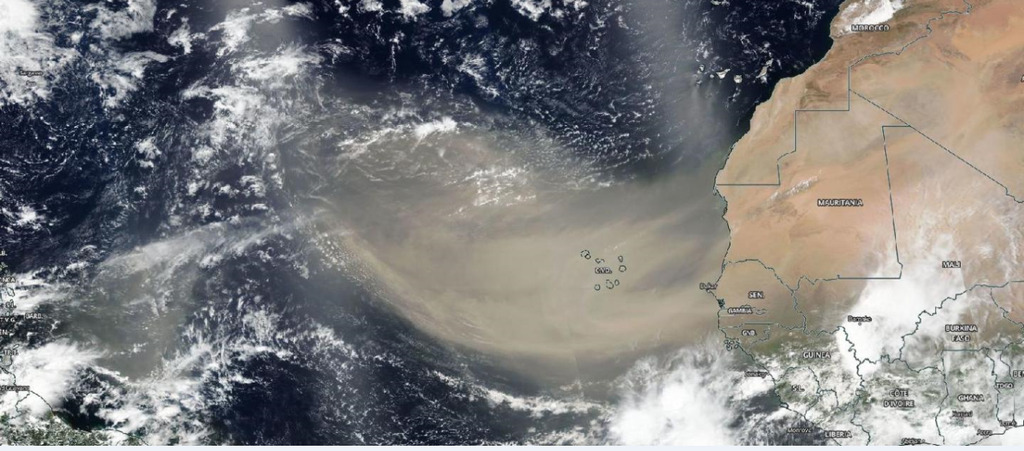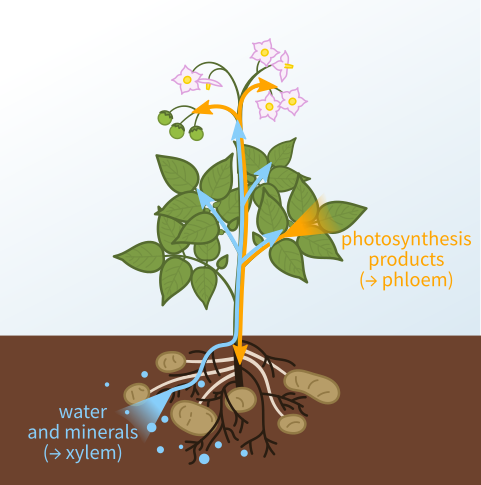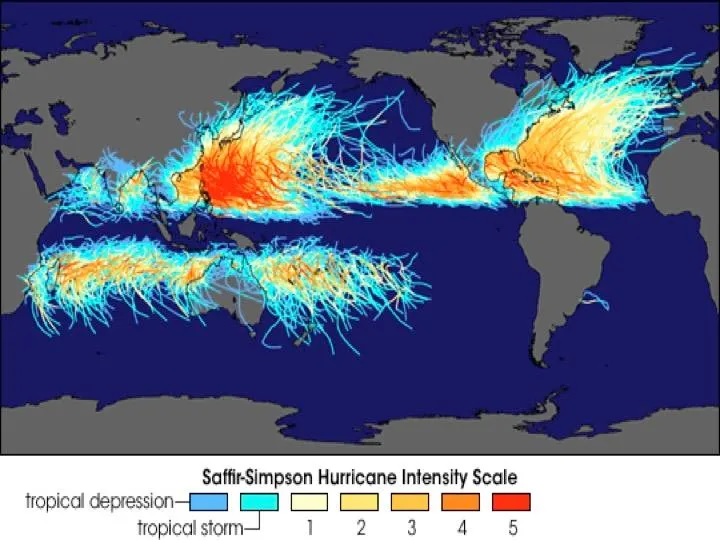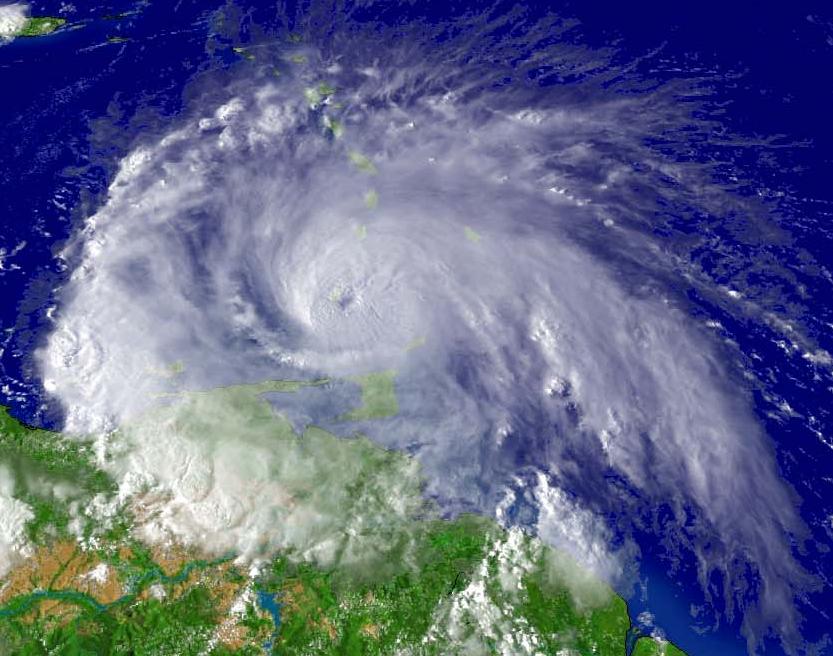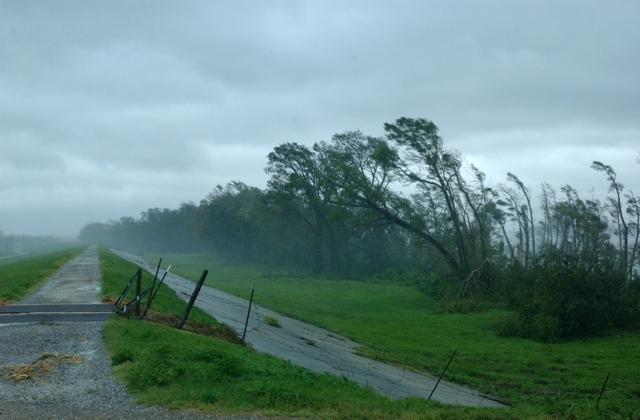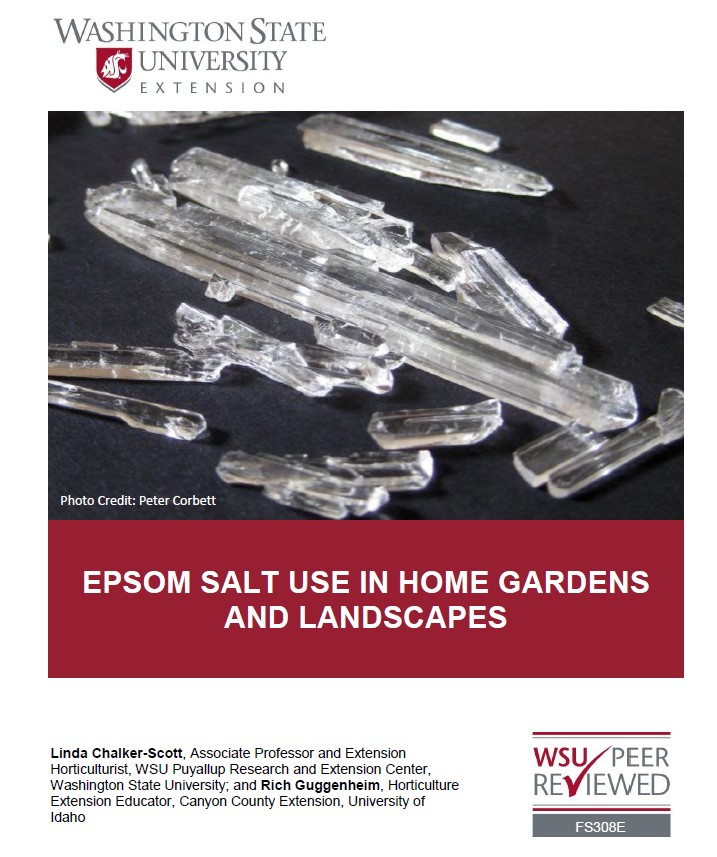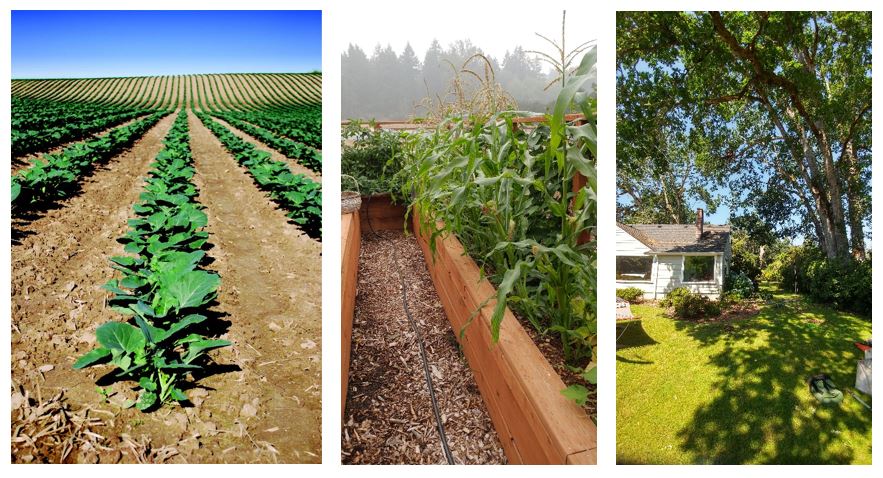For those of us in the Southeastern United States, this past week has been a whirlwind of preparation for Hurricane Helene, followed by the terrifying storm itself and now, for some people, months of clean-up and houses, yards, and gardens that may never be the same. My post this week (I did not get to it last week because of the impending storm) will be about how to prepare for an extreme weather event, including where to find accurate and timely information on weather forecasts and how to prepare your house and garden for the extreme weather you may suffer. While we just went through a hurricane, this could apply equally to an ice storm or blizzard, derecho, tornado, or any rapidly occurring weather event. No matter where you live, you will experience extreme weather at some point and need to be ready for it. My post from last month, https://gardenprofessors.com/how-would-your-garden-handle-a-12-inch-rainfall/, was surprisingly prescient, since Helene also brought extreme rainfall to the Southeast, particularly to western North Carolina and Virginia and to the area around Atlanta, GA. Our hearts go out to all of the people affected by Helene and other serious weather disasters.

Preparing your property and garden for damaging wind and rain conditions
The best way to deal with an extreme weather event is to prepare for it well ahead of time. I used to play a game with my son when he was young: “Name all the ways that something could go wrong (in his case, what could make a train or airplane crash).” It is a surprisingly effective way to make you think about possible dangers that might lurk around your home if a severe weather event occurs and what you might have to do to minimize them. If you can identify the risks of an event, then you can address them before the roof starts to blow off and the trees start falling.

The first step is to look around the outside of your house for any potential threats to your property that could become safety issues in strong winds or heavy rains. If you have trees, are they healthy? Are there any low-lying or diseased branches that could come loose in a strong wind and hit your house or car? Could a 50-mph wind from the southwest (or whatever direction your storms usually come from) blow them into your windows or onto your roof? Are there any areas on the outside of your house that are in poor repair and in danger of failing in a storm such as a loose railing or fence? If you like decorative items in your garden like garden gnomes or shiny balls, can you remove them before a storm approaches so that they don’t become wind-borne missiles? You should also consider potential areas where erosion might be enhanced by the ground cover or slope and determine if there are ways to slow the flow of water to preserve your soil and garden design.
Once you identify potential problems in your yard, you can repair them before a storm comes. But you should also make sure that you have adequate insurance coverage and that you document what you have before a storm hits with an inventory or video recording. You might also need special insurance to cover extreme events; I read today that less than 1% of all residents of western North Carolina had flood insurance, even though many of them live in flood-prone areas. Floods are not covered by most homeowners insurance policies. Of course, there could be many reasons for not buying it, including high costs, but if an extreme event occurs, you are going to wish you had it.

Identifying location concerns that could affect your safety
No matter where you live, there are bound to be risks due to the location of your property. If you live on top of a hill, you are prone to experience more lightning and higher winds and potentially more snow since the temperatures at higher elevations are generally lower. If you live in a river valley, your property and gardens would be more vulnerable to floods but also to freezes since cold air drains downslope to low-lying areas. When you decide where to live, consider the land the house and garden are on and also how you get there, whether you have to cross rivers or go through areas that are heavily wooded, which could be a problem in high winds but also potentially in a wildfire. Where you get your water could also be a concern if your well has an electric pump and power is likely to go out.

Get ready to go or stay
Preparing for an extreme event means planning for providing food, shelter, and water for your family and pets if you plan to stay and planning for an evacuation if it is not safe to stay. There is a lot of information out there about this planning process and I am not going to list everything here but you will find some links at the end of this blog that you may find helpful. As I write this almost a week after Helene came through the Southeast, there are many people here whose power is still out and who may not be able to travel because of all the trees and power lines that are down in their neighborhood and who have no access to clean water because the water plants were destroyed or the electric pumps on their wells no longer work. It usually takes about 72 hours for outside help to start getting supplies into affected areas, so you need to plan for several days and perhaps much longer to provide everything you need. Eventually, help will come from a variety of federal, state, and local agencies and non-profits but often the first help comes from a neighbor with a chain saw or extra water. If you evacuate, you will need a plan to get out safely, including more than one possible evacuation route, plenty of gas for your car, copies of important documents, and a place to go, which may include housing for pets or livestock.
Getting the weather information you need to make good decisions
Once you have your plan for severe weather, you need to monitor the situation for potentially threatening situations. A smartphone weather app is an easy way to get your daily weather for regular planning purposes but is not adequate for situations when weather might be changing rapidly since the apps are often updated only once or twice a day. In severe weather, an old forecast is a bad forecast because things may be quickly changing and you need the latest information.

There are a number of apps and websites that you can use to monitor extreme weather events, including the National Weather Service local forecasts for frequently updated information, watches for potential severe weather, and warnings for when it is spotted. The National Hurricane Center is the official source of hurricane and tropical storm warnings and their maps are updated every three hours when a storm is present. Beware apocalyptic posts on social media that often show a single worst-case model run that has practically no chance of occurrence just to gain attention and clicks. Stick to expert guidance from trusted sources. You can also get information on what local conditions you might experience and the timing of wind and rain using the hourly weather forecast from the National Weather Service, although in a rapidly changing extreme weather event even these may not change quick enough to capture the evolution of the storm. Weather radios and some smartphone apps that are designed can provide information about watches and warnings based on your location. If you live in an area that is prone to flooding or severe weather or is in a floodplain or near the coast of the ocean, then you should pay careful attention to rain in the area upstream of you are or the likely storm surge from a tropical cyclone. Be prepared to evacuate if emergency managers ask you to.
Planning ahead can save lives
Extreme weather is something that we all need to plan for but that planning often falls by the wayside because of other pressing tasks. But if you can take the time to do some simple advance planning and be prepared to act when the event starts, you can save yourself a lot of work later on when the clean-up begins and may save your houses and gardens. You may even save your family from serious consequences! I hope that it never becomes an issue for you, but I also know that many communities, businesses, farms, and families are dealing with the consequences of extreme weather now. Thanks to help from many people, they are starting to rebuild their lives, but it will be a long time before things get back to normal and for some, it may never be the same.

Some useful links:
Georgia Department of Public Health: Severe Weather Preparedness
Resident’s Handbook to Prepare for Natural Hazards in Georgia (good for other locations too)
Bankrate: How to Create a Home Inventory
FEMA: Hurricane Preparedness and Evacuation Planning



